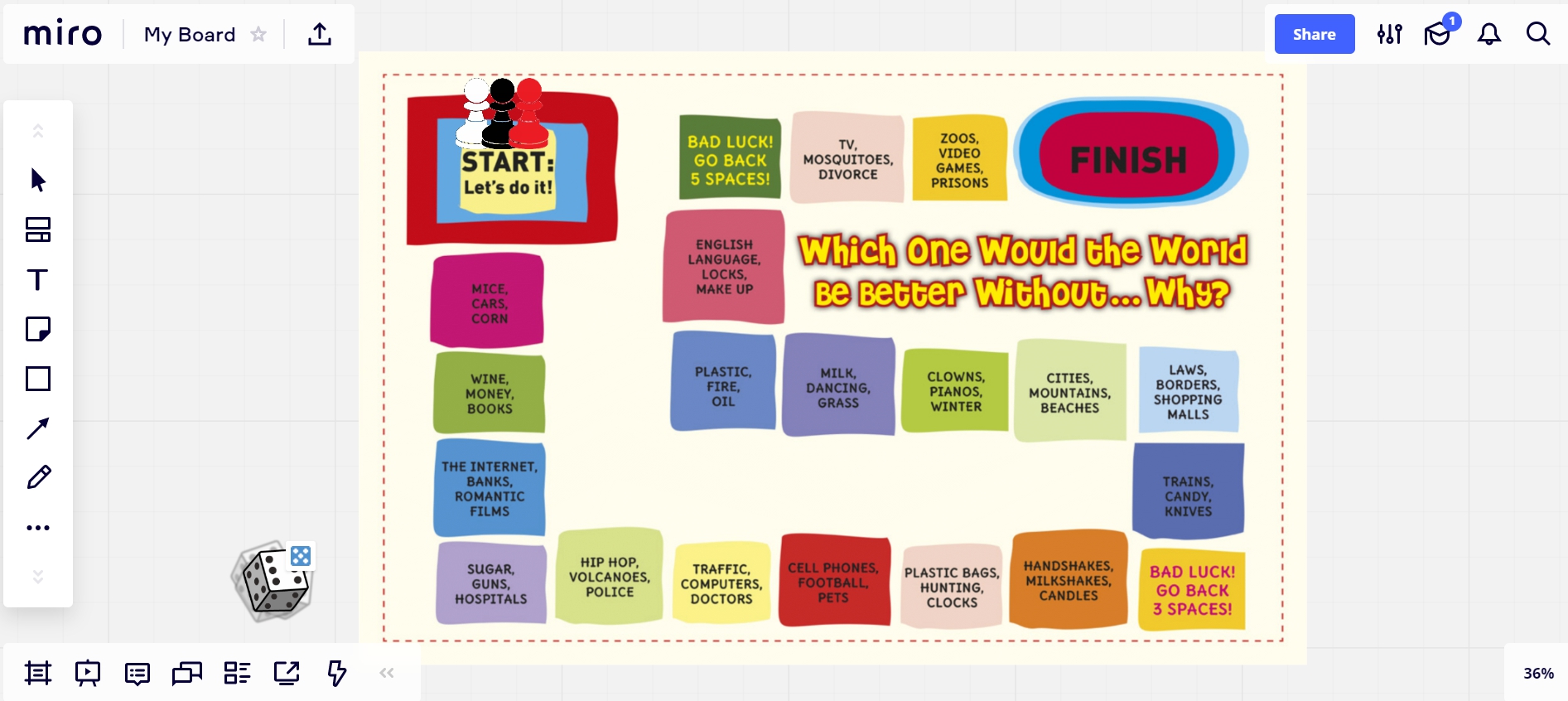There is a myth that if a teacher works with adult students, they have to be serious and games are not appropriate for classes. However, you should bear in mind that all games are different! Of course, some of them are suitable only for YL lessons (for example, “Simon says..”), but there is a bunch of great games that are both beneficial and enjoyable for adults. In this article, I am going to demonstrate why it is important to play games with adults, provide examples of games and share my experience.
Why should teachers use games with adult students?
Games can:
- help students practice speaking for accuracy and fluency, get extra practice on grammar / vocabulary / pronunciation;
- improve students’ communicative skills;
- raise the spirit of students tired after a hard working day;
- improve morale and the impressions of the lesson;
- provide with the additional practice beyond the textbook;
- engage students and create team spirit;
- establish a good rapport between students and a teacher;
- provoke heated discussions.
My experience of using games with adults
I teach mainly adult students individually and have noticed that games help me build rapport with even very untalkative students and help them wake up at the beginning of morning lessons and refresh themselves after a busy working day. I try to gamify simple activities and I see that students become more involved in the lesson.
Below, there is a list of games that I use on a daily basis and they can be adapted to any topic.
- “Alias”. A student should explain as many words as possible in one minute. Then I do the same and a student guesses the words. Or we may just in turns define the words.
- Hangman. To revise words on the topic and letters as well.
- Tic-tac-toe. I guess everyone knows the rules of the game. In each square, a teacher puts some time expressions (for example, every day, every month, often, hardly ever, etc. while practising Present Simple), and a student with a teacher make sentences with the word of their choice to cross the appropriate square.
- Guess the person. The teacher has in mind some famous person. The student can ask “yes-no” questions, or make statements using key vocabulary to guess him or her. Then a student and a teacher change roles.
- Memory game. A teacher shows a student a picture on the topic that they study (if they study Food, the picture can show a table full of various dishes). The students should look at a picture and remember as many details as he/she can in one minute, then the teacher closes the picture and asks questions (e.g. how many spoons were there? Was there an apple pie? What meat dishes were on the table? etc.).
- Storytelling. In case we need to revise the vocabulary, we make up a story with these words. My students and I make sentences in turns, which makes the task more engaging and challenging as well.
Teachers, who work at Skyeng have an amazing possibility to use games built-in on the platform and developed by methodists. With students, who I work in Zoom with, I make my own games and interactive activities on Word Wall, Live Worksheets, LearningApps, Miro. Some of them can be played just on the whiteboard.
Below is the picture in which one can see a game created by me on the Miro Platform. I have downloaded a boardgame itself from the American English website, uploaded it to Miro, added dice and markers. My student and I rolled dice, played with a marker at the beginning of a lesson as a warm-up. My student loved the game and was more active than always throughout the lesson.
Game on Miro

A teacher can use games not only to practice target vocabulary or grammar but also to provoke a discussion at the lesson. For example, you can discuss different ethical issues and “Would you rather” questions. To make it more like a game, you can assign roles to students or ask to look at the problem from a different point of view. In the video below one can find one ethical question and different points of view on the problem (I suppose, it is better to watch the video after a discussion).






 Вероника Аветисян
Вероника Аветисян 
 Маргарита Аветисян
Маргарита Аветисян 


